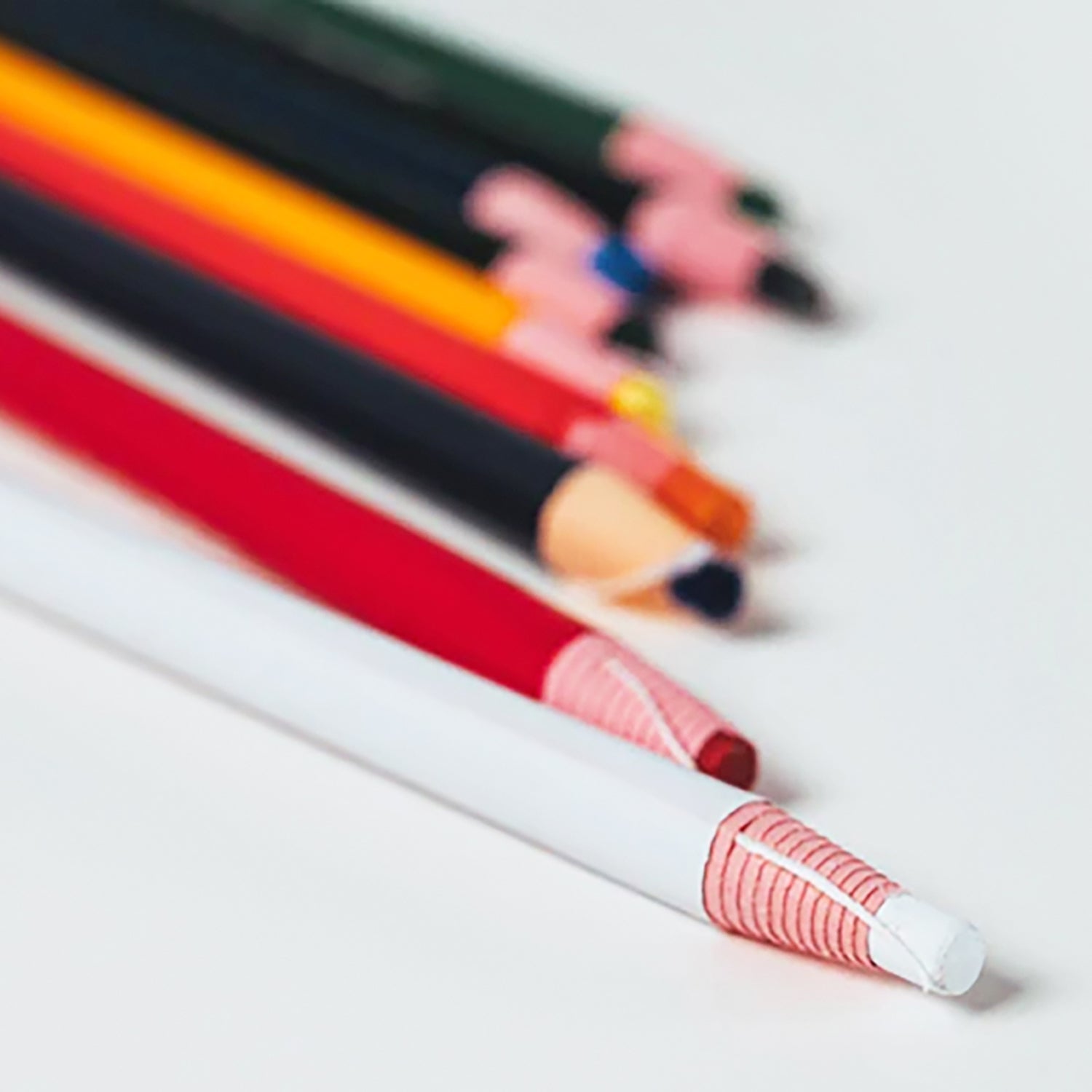From Galvanizing To Heat Treating
Carmel paint markers and are extremely versatile marking tools that are used in a wide range of applications. Metal fabrication is one such application, and requires a specialized set of marking tools to ensure proper labeling throughout the process.
Carmel offers a line of industrial markers that includes products specifically designed for the metal fabrication industry, namely: the Galvanizer’s Removable Marker, the Bleed-Thru Marker, and the High Temperature Marker.
Paint Markers For Galvanizing
Carmel Galvanizer’s Removable Paint Markers are used in a process called galvanizing, which involves coating metal surfaces with a protective layer of zinc to prevent rusting.
The Galvanizing Process
A common process in metal fabrication, galvanizing involves dipping steel or iron into a bath of molten zinc to form a protective, anti-rust coating. This is the most common method of galvanization, known as hot-dip galvanizing. This process is fairly simple compared to other methods of rust protection.
Interesting note: The word “galvanizing” comes from the name Luigi Galvani, an Italian scientist who studied electrical conductivity and the stimulation of muscles by electric current. He actually has nothing to do with the modern process of galvanization using zinc coating, but his name somehow became associated with it. It might be due to the fact that the zinc coating also improves the conductivity of metals!
Before galvanizing any piece of metal, a crucial step must be carried out: prepping the surface for its coating. In most cases where coatings fail, it is due to incorrect or insufficient preparation of the surface beforehand.
Getting the surface ready requires 3 main steps: degreasing, pickling and fluxing. It’s in the pickling bath step where specialized paint markers come in. In this case, any markings made on the steel piece need to be removed while it’s dipped into the bath. With Carmel Galvanizer’s Removable Paint Markers, the markings are designed to come off completely – but only during the pickling bath.
What are Carmel’s Galvanizer’s Removable Paint Markers? These are specially designed markers that adhere to metal, but come off during the pickling bath step of galvanization. They write easily on any steel surface, whether rough, smooth, wet or oily. Marks are weather-resistant and won’t rub off, peel, chip, or fade.
Their key function is that they completely disappear in the pickling bath prior to galvanizing and leave a clean surface, thus never impeding the zinc plating process, with no marks left on the finished product.
Why Use Specialized Markers For Galvanization? Paint markers designed specifically for the galvanizing industry save time and effort because they come off during the cleaning process without the need for sanding or grinding. They also won’t damage or corrode metal surfaces they’re applied to.
Carmel offers two different marking tools for the galvanizing process:
Galvanizer’s Paint Marker: Standard size paint marker with a durable 3/16” nib for fine or bold line marking.
Galvanizer’s Paint Crayon: Makes wide, bold marks for instant identification.
Galvanizer’s Paint Marker And Paint Crayon Features
- Specially designed for metal fabrication, plating
- Suitable for all metal surfaces
- Marking range: -50 to 150ºF (-46 to 66ºC).
- Marks disappear completely in the pickling bath and won’t interfere with galvanizing.
- Eliminates sanding or grinding to remove marks.
- Allows for excellent adhesion during zinc coating.
- Prior to pickling, marks are permanent. Won’t chip, peel, fade, or rub-off.
- Writes on smooth, rough, rusty or wet surfaces.
- Weather-resistant and fast-drying.
- Xylene free
This is a highly specific application, but it is required in some steps of metal fabrication. Essentially, these markers are used to retain proper labeling and cutting directions after a piece has been painted.
These marking tools are especially important for fabricating structural steel or layout work. They are ideal for most types of building and infrastructure design, bridge construction, manufacturing, automotive applications, ship building and repair. They are also used when accurate marks are needed for cutting, forming, inspection, coding, layout or assembly operations.
Important note: Markings made with these products will be visible even after they have been painted over by oil or water based paints, depending on the type of formula. Carmel offers a formula for oil based primers and one for water based primers.
Carmel Bleed-Thru marking tools come in two different forms: Bleed-Thru Paint Markers and Bleed-Thru Paint Crayons. Their use is essentially the same, but the different forms offer a few unique features. Paint markers feature better control and precision on smooth surfaces, whereas paint crayons create bolder lines and work better on rough surfaces.

Carmel Bleed-Thru Paint Marker And Paint Crayon Features
- Marks bleed through solvent/oil-based or water-based primers and paints
- Durable, weather-and-UV-resistant marks
- Permanent marks won’t peel, rub off, chip or fade away
- Mark on almost any surface type: porous, smooth, rough, wet, dry, oily, or rusty
- Marks will bleed through and be visible when painted over or primed
- Temperature range for application: –50º to 150ºF (-46º to 66ºC)
Both products easily create markings on a wide assortment of project materials including various metals, solid plastics, ceramics, all types of glass, porous, non-porous, and laminated surfaces.
Important note: To prevent bleeding through the finished coat of paint, seal the marked areas with water-based epoxy paint.
High Temperature Paint Markers
The metal fabrication process involves heating materials to some extremely high temperatures. It’s important to have metal pieces labeled clearly and precisely in order to cut, weld and shape them to proper specifications, so any markings made on these metal surfaces need to remain intact when exposed to high temperatures.
That’s where Carmel High Temperature Paint Markers come in. These marking tools apply paint which is specially designed to resist high temperatures, and are therefore ideal for the metal fabrication industry.
Featuring both paint markers and paint crayons, the Carmel high temperature product line is designed to mark on weldments, forgings, and castings that require heat treating or annealing. Carmel High Temperature Paint Crayons are available in standard and extreme high temperature versions.
What temperatures are ideal for paint crayons and paint markers
Carmel heat treatment paint crayons and markers are best utilized in the temperature range of -50º to 150ºF (-46º to 66ºC) and will withstand temperatures up to 1600°F (871°C). Our extreme heat treating paint crayons have a marking range of 800ºF to 1800ºF (427 to 982ºC).
High Temperature Paint Markers offer a superior degree of control and fine line marking, and are ideal for use on smooth metals. High Temperature Paint Crayons create bold lines and work well on rough, dirty, or oily metal surfaces, as well as porous materials like ceramics.
Are Marks Removable?
The paint used in our High Temperature Markers is permanent and designed to be durable, standing up to various conditions including weathering. The marks may still be removable by grinding, or possibly with use of solvents on non-porous surfaces like metal.
Carmel High Temperature Paint Marker And Paint Crayon Features
- Marks made at ambient temperatures withstand heating up to 1600°F (871°C) (Standard) and 1800°F (982°C) (Extreme)
- Durable and weather-resistant markings
- Permanent marks won’t peel, rub off, chip or fade away
- Create fine or bold lines as needed
- Ideal for use on a variety of metal surfaces including aluminum sheets, stainless steel, copper, brass, galvanized metal
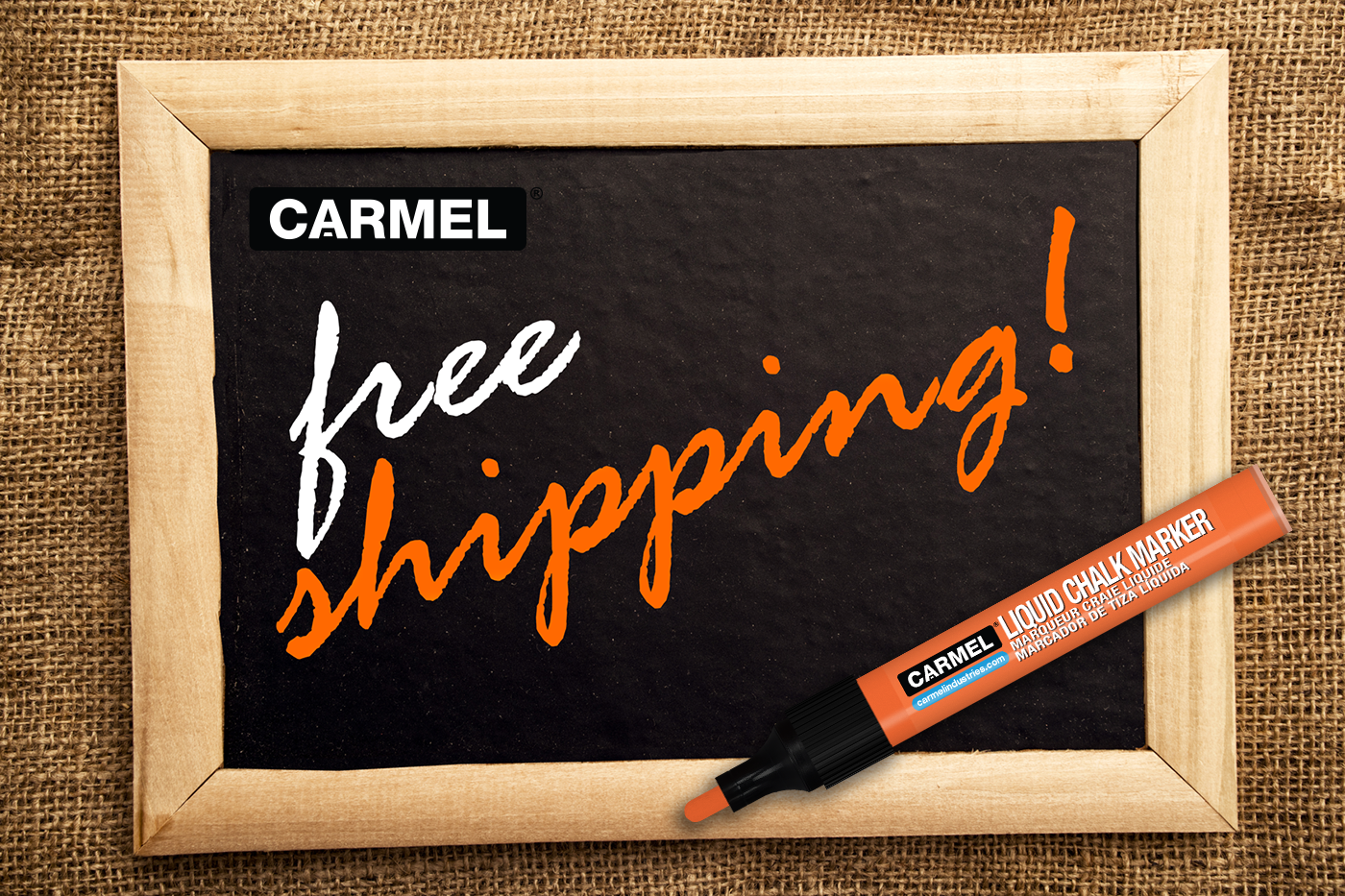

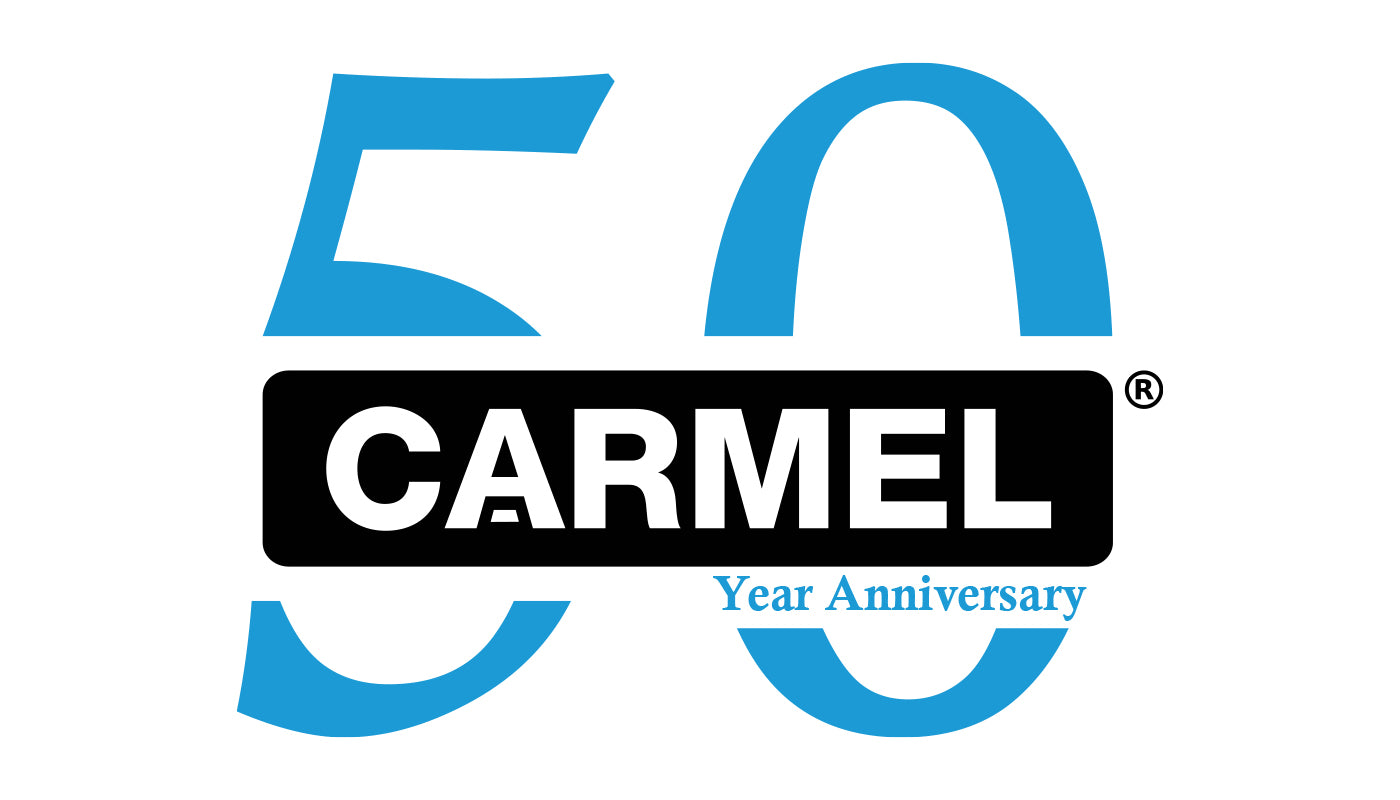
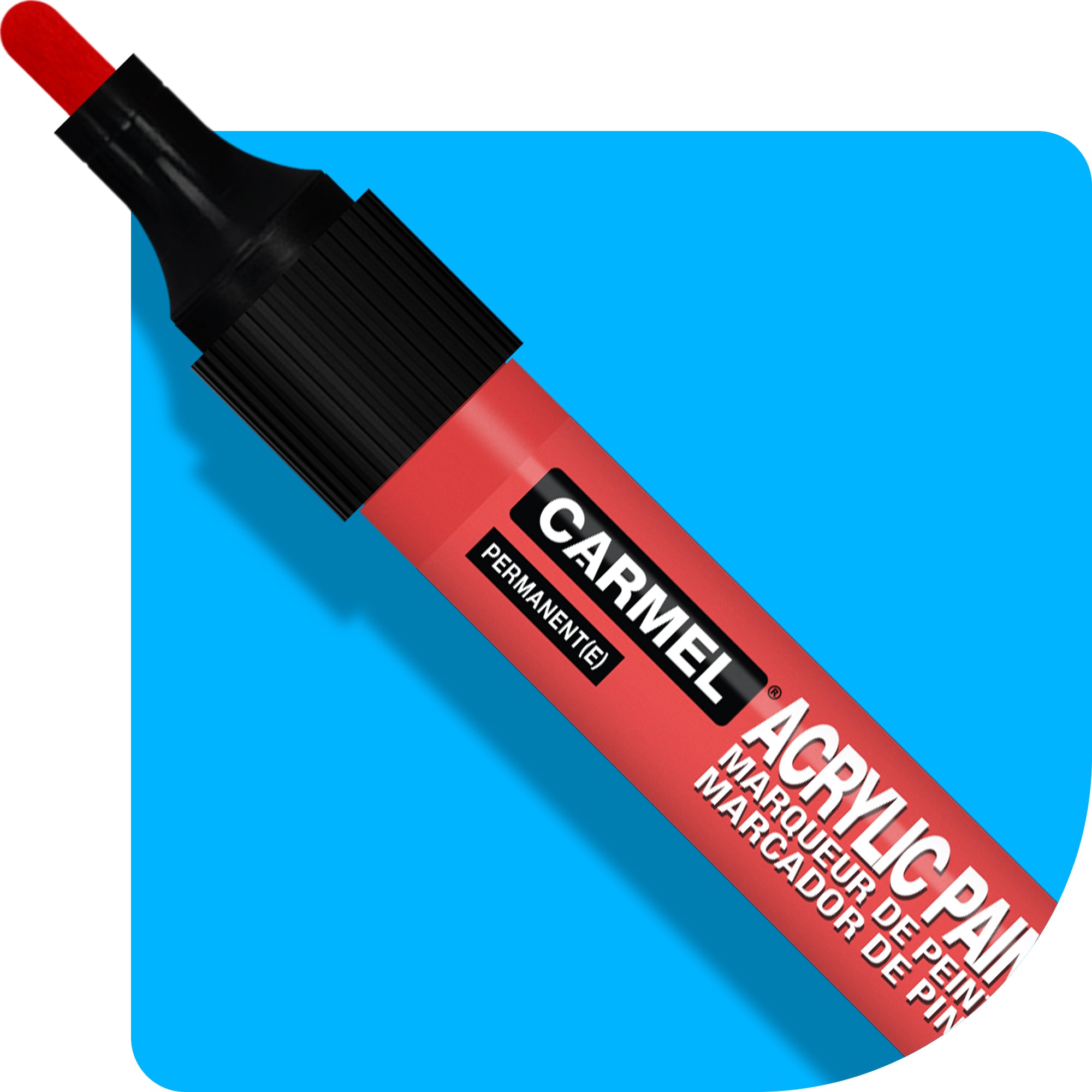
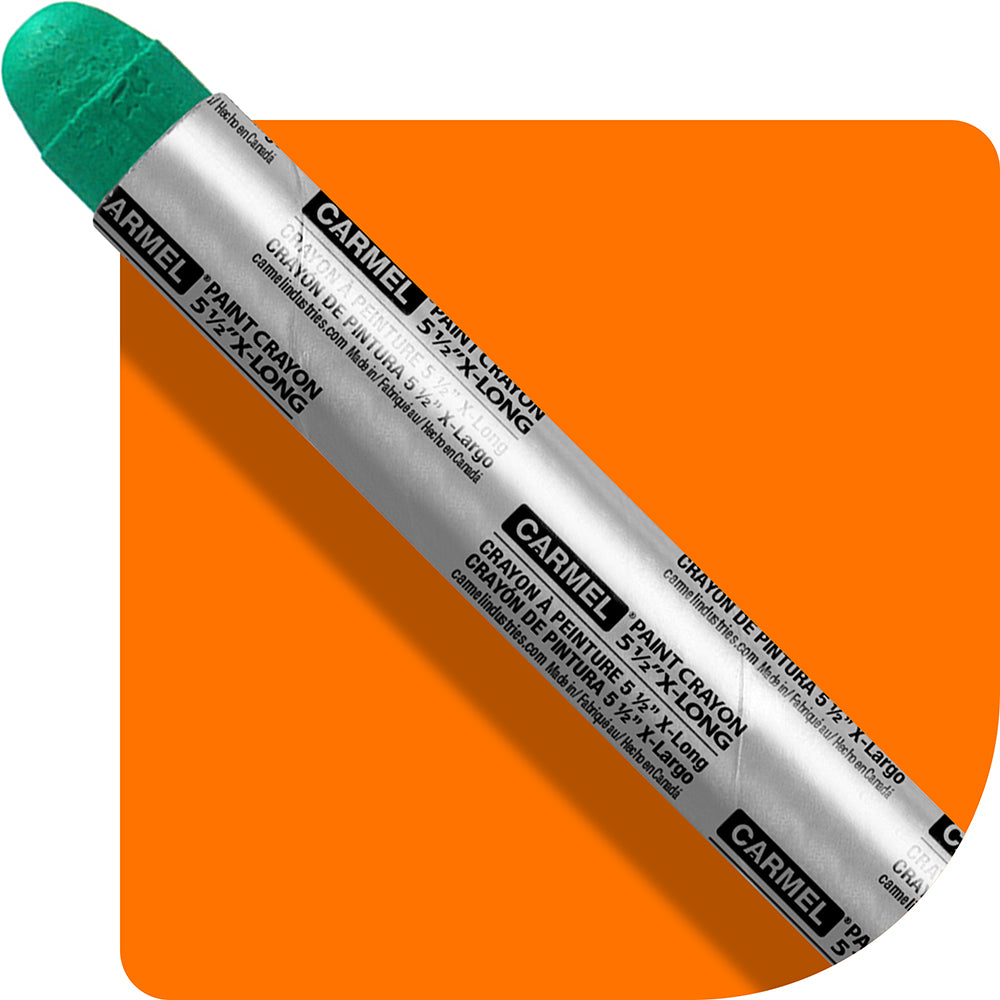
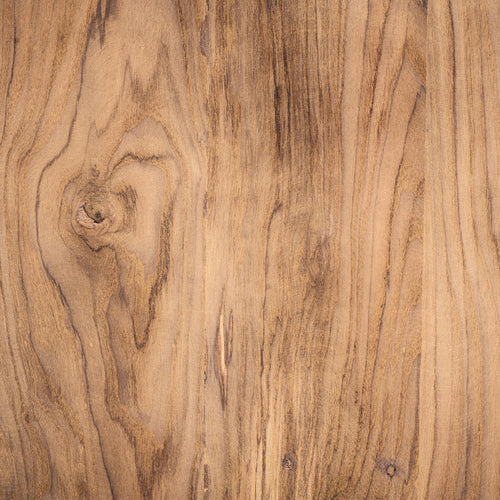
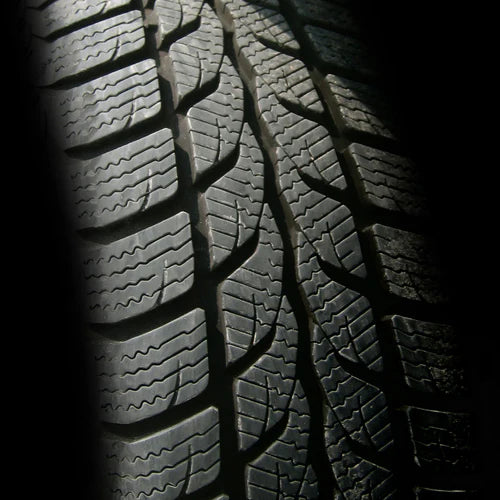



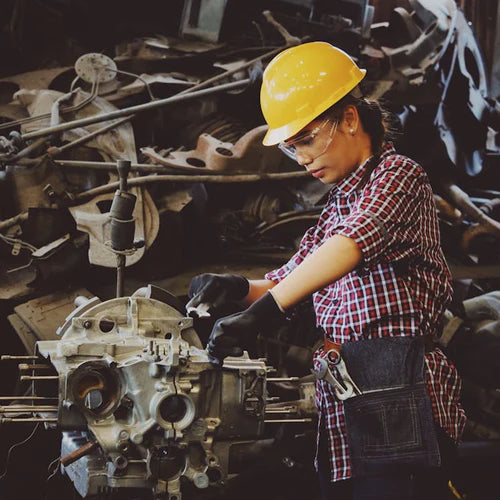
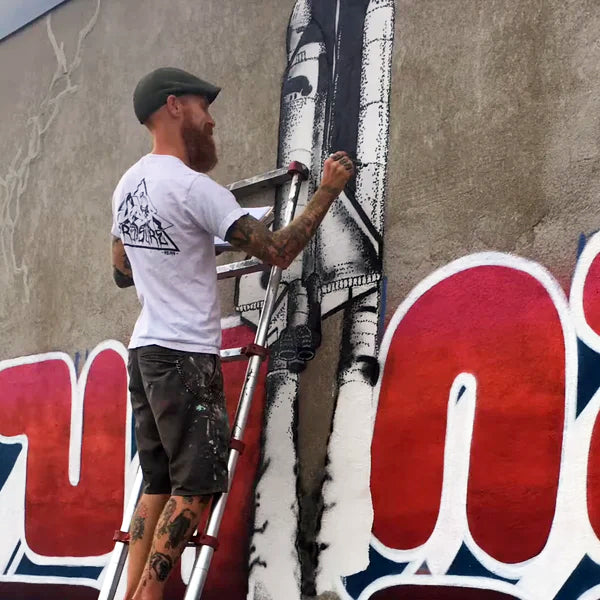
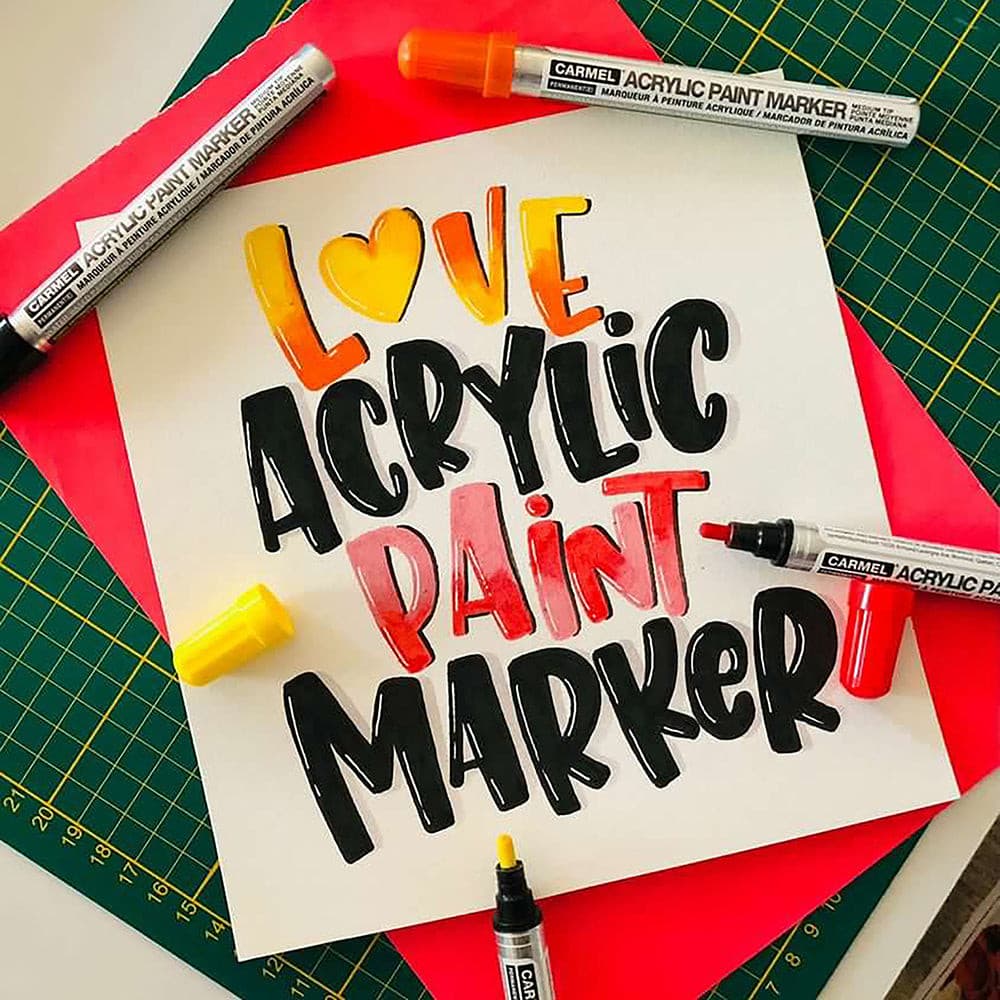
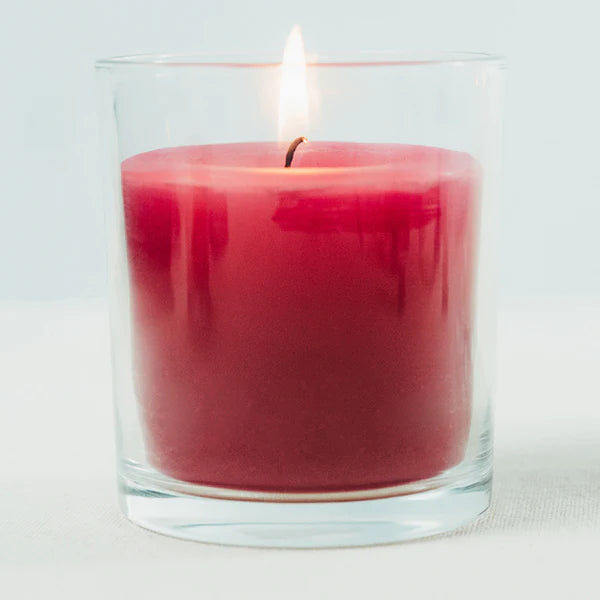
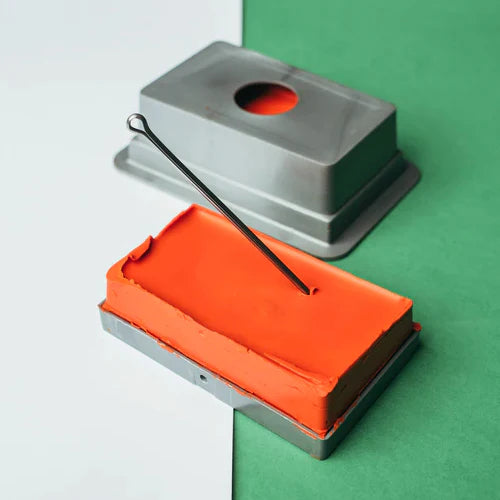
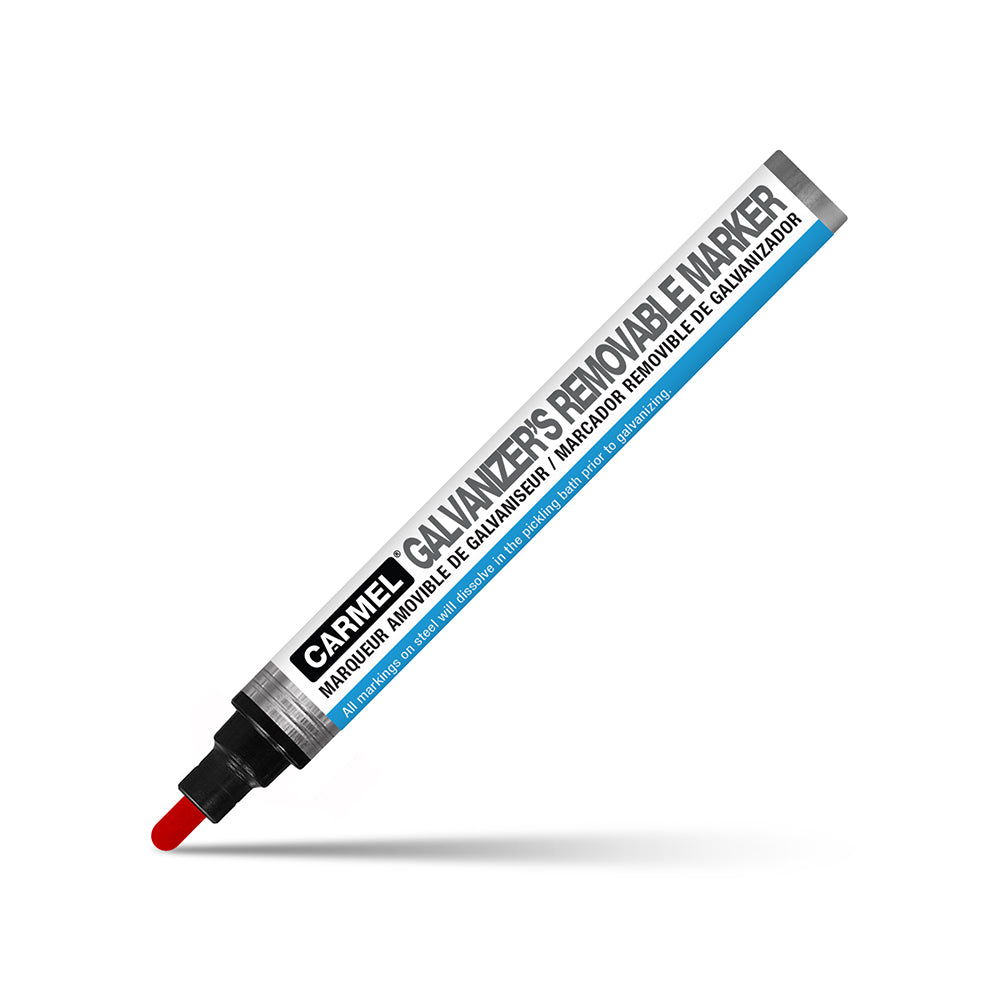



 Bleed-Thru Paint Markers
Bleed-Thru Paint Markers

